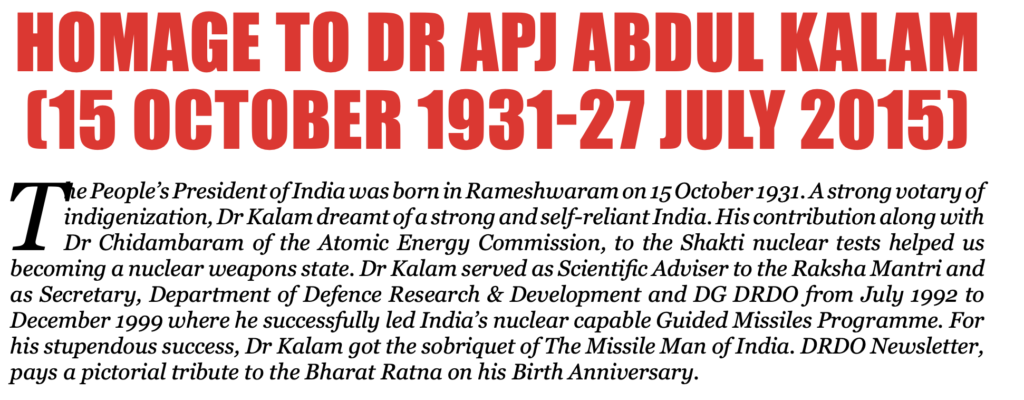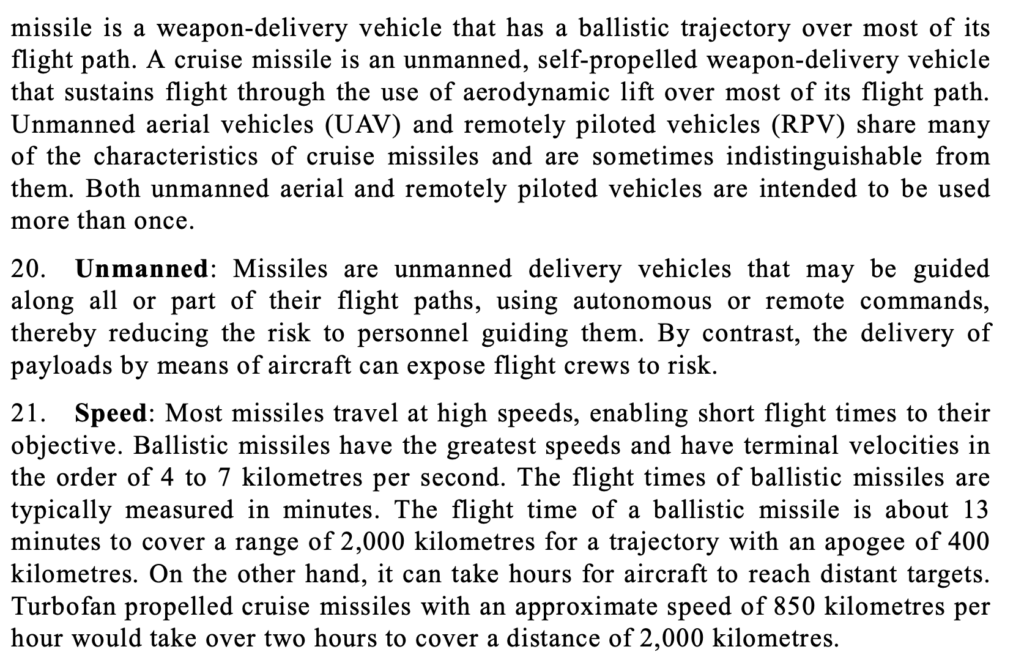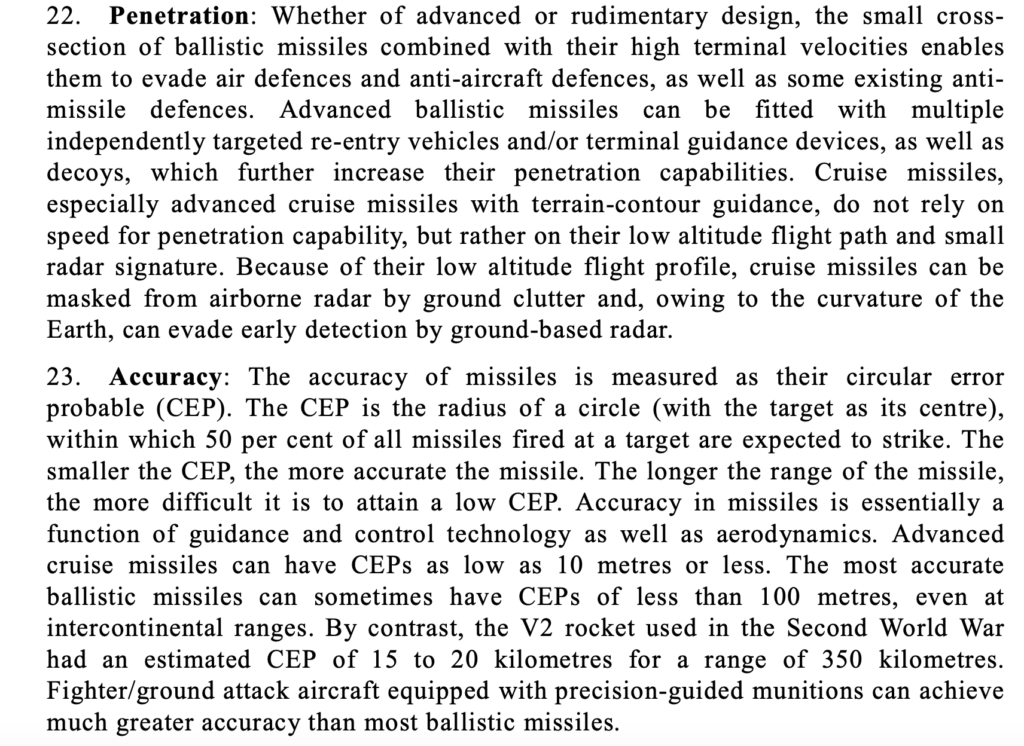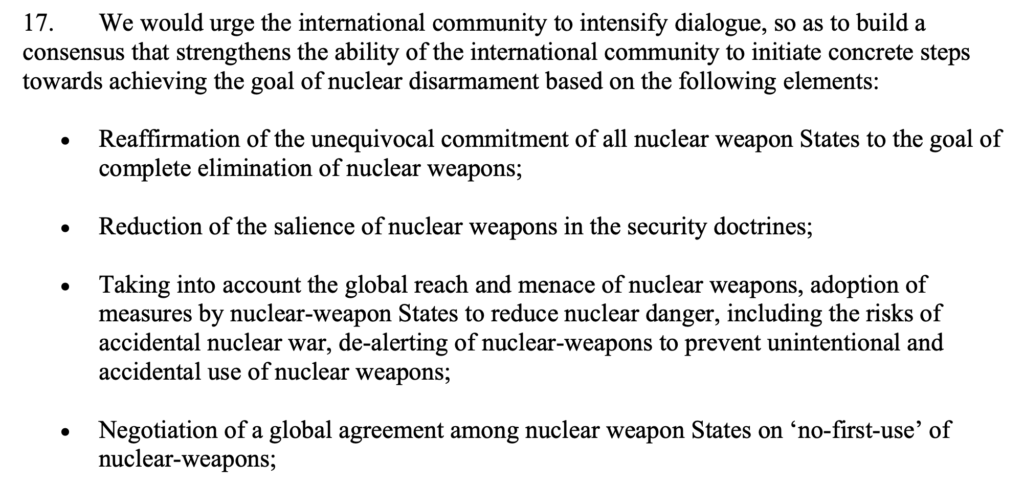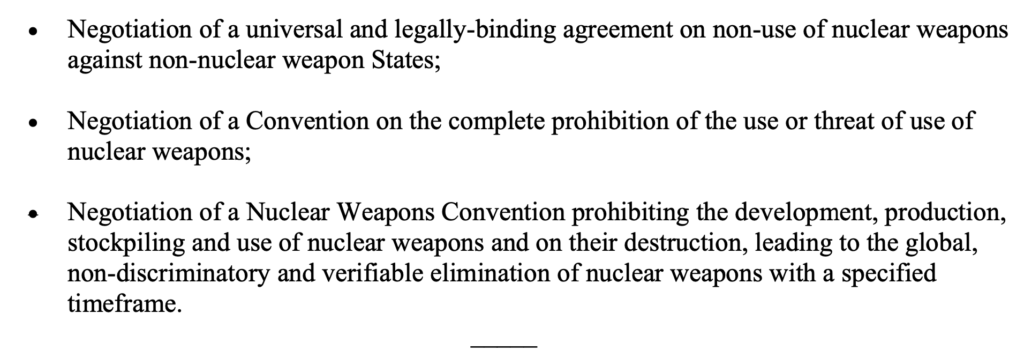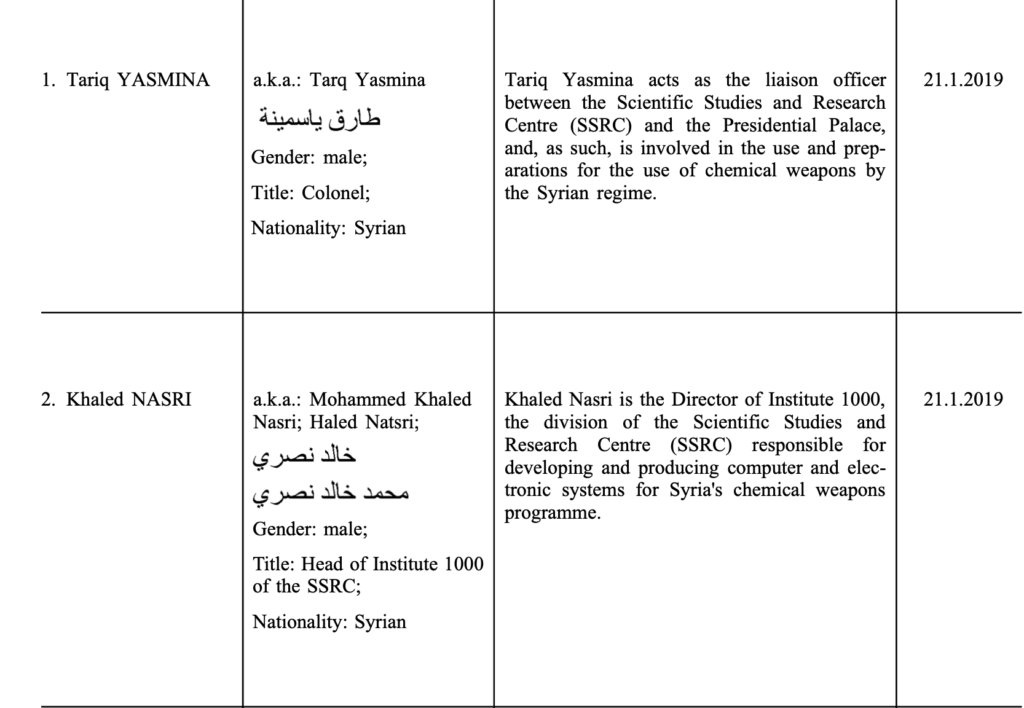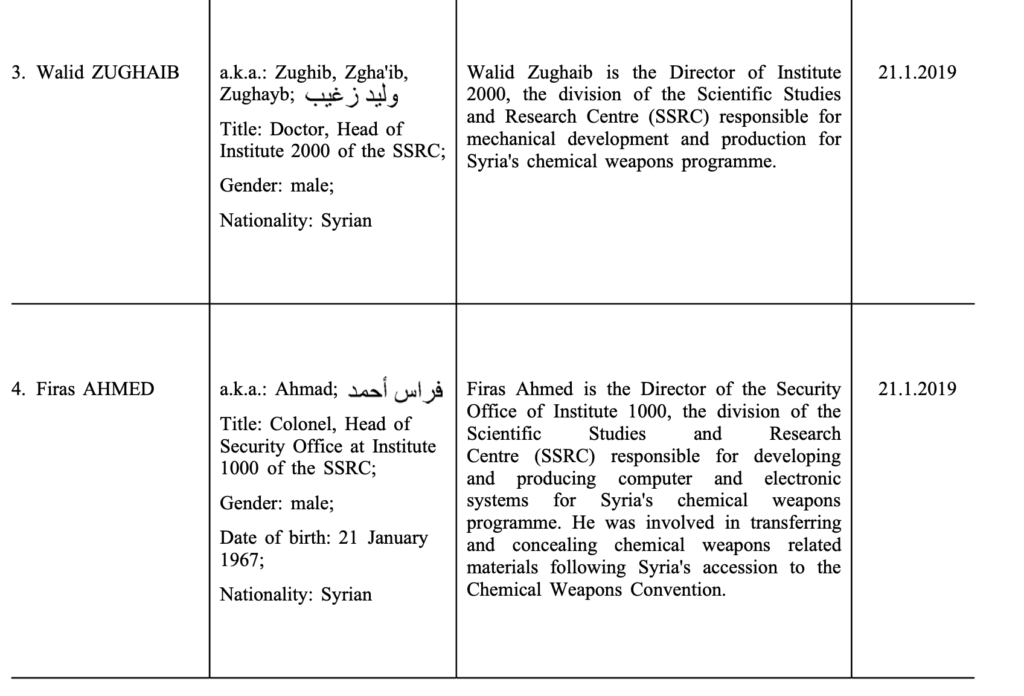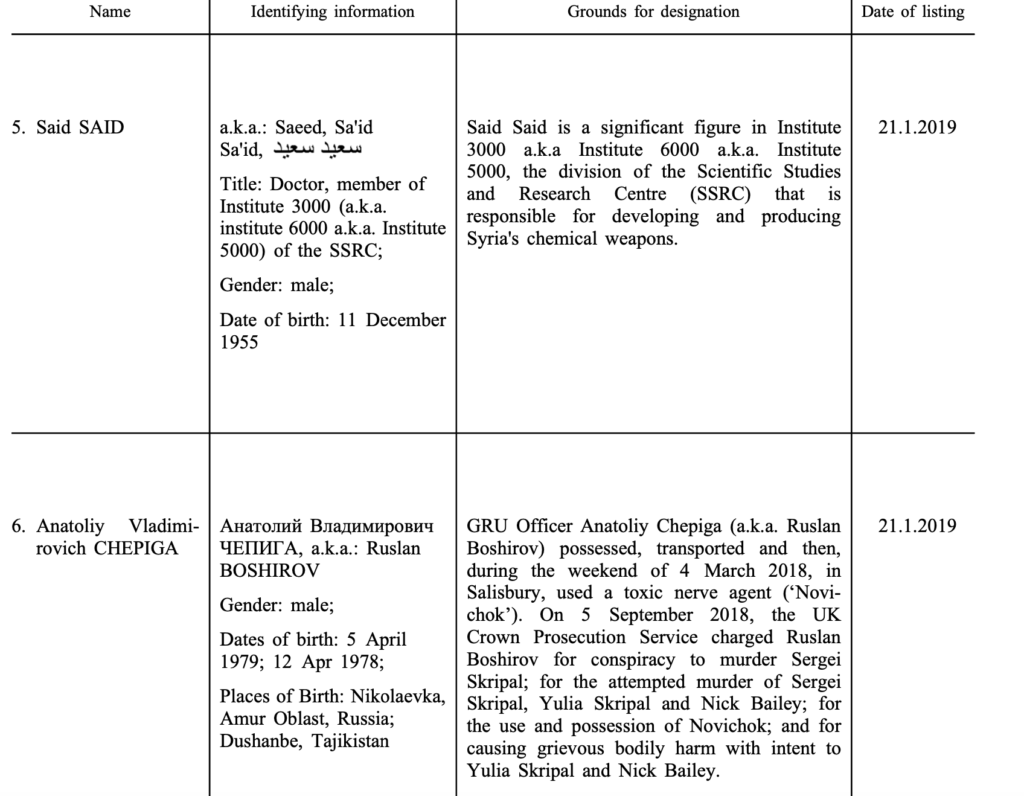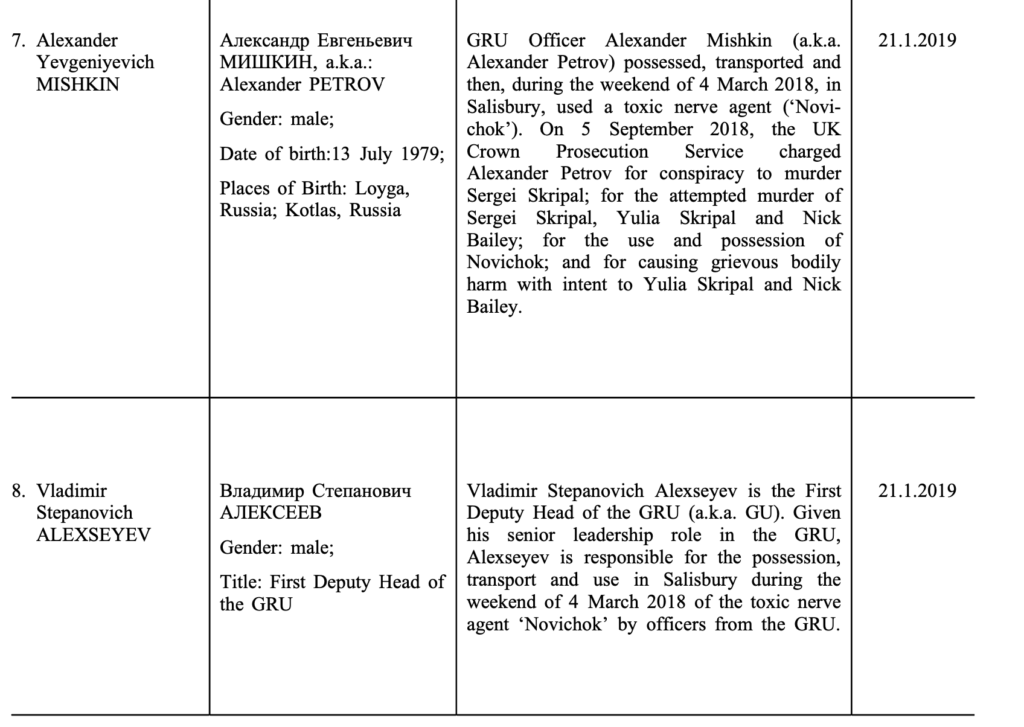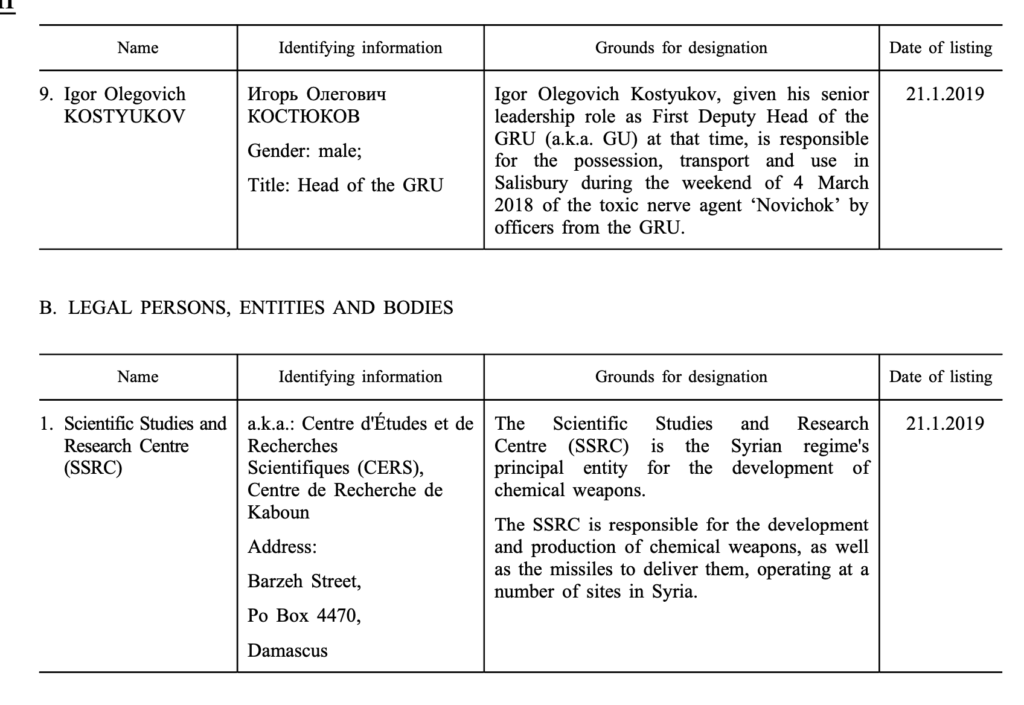The EU has established an online database “that will allow everyone to consult and analyse the data on Member States’ arms exports in a user-friendly manner.” The database, which is to be updated annually, “contains information on the value, destination and type of arms export licenses and actual exports from Member States, covering the years 2013-2019.”
This is some good background from the EU press release:
While decisions on issuing export licenses for military equipment are a clear national competence, the assessment criteria on which national authorities base their decisions are European. They are enshrined in the Common Position 2008/944 CFSP as the EU framework on arms export. The EEAS works together with Member States towards increased transparency and convergence in the implementation of that Common Position. It is essential to uphold European values when exporting arms: strict implementation by Member States of the Common Position on arms export is necessary.


